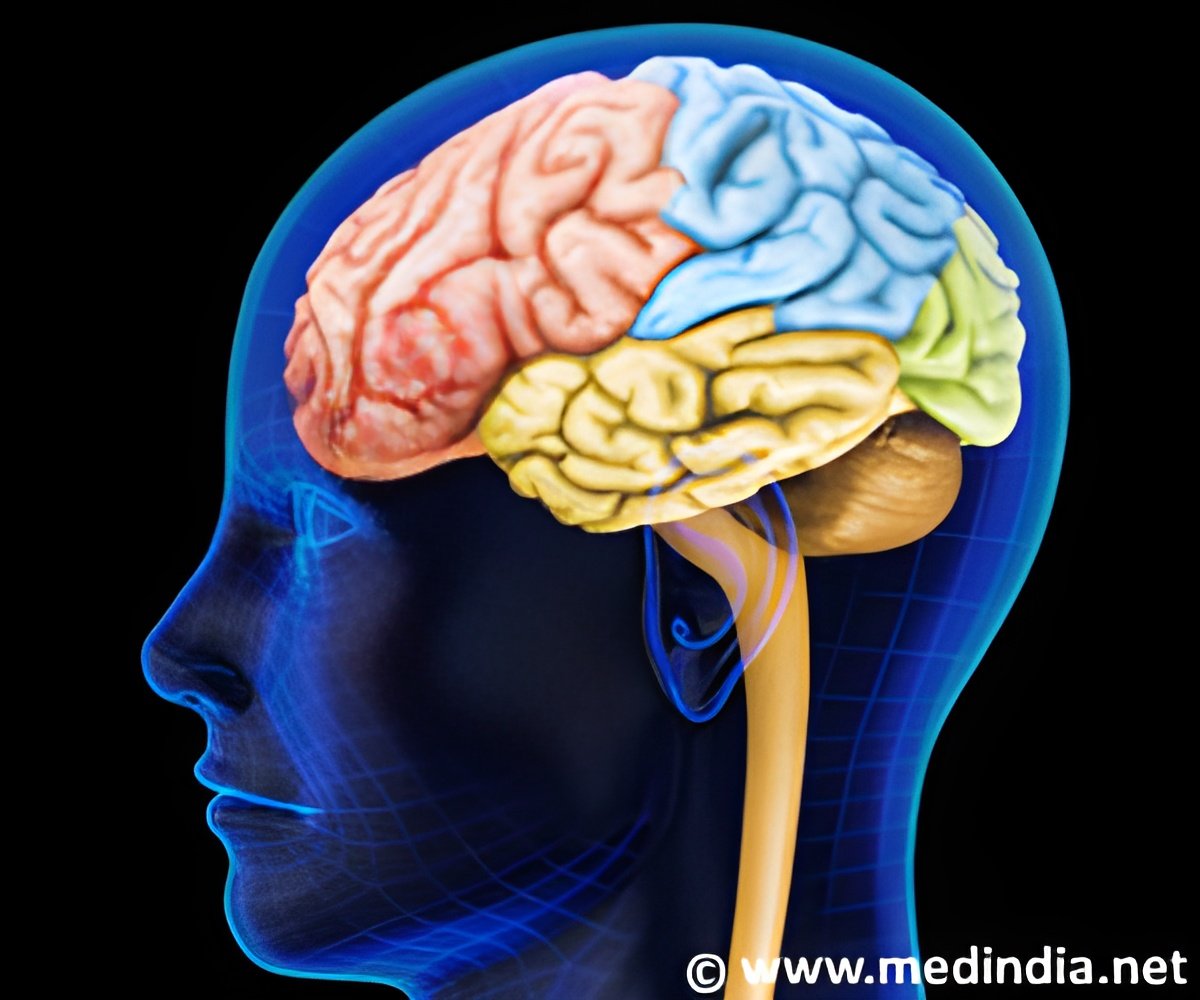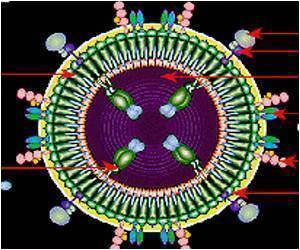A new research has provided a deeper insight into how brain can ignore distractions and can achieve such optimal inattention.

The researchers saw a significant difference in alpha rhythm synchrony between the Inferior Frontal Cortex (IFC) on the left side of the brain (specifically the left Inferior Frontal Sulcus, IFS) and the somatosensory cortex pertaining to the hand, which they speculate could be related to formulating the rules about whether suppress or attend to sensations.
The researchers found significant patterns of synchrony between regions and noted the significant increase when people were told to concentrate sensations in the foot as compared to when they were told to attend to sensations only in the hand.
Stephanie Jones, assistant professor of neuroscience at Brown University said that the study focused on the mechanisms that the brain was using to block out distracting things in the environment, and the outcomes were unexpected.
Catherine Kerr, assistant professor said that through this study they will be linking different ways of looking at the brain that don't usually come into dialogue with one another, and will make active efforts to bring it to the clinics.
The study is published in the Journal of Neuroscience.
 MEDINDIA
MEDINDIA




 Email
Email








